Speeches Shim
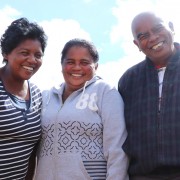
Theodore Ravanomanana and his two sisters, Victorine Ravaomalala and Florine Rahantavololona, live in Alasora, a suburb of Antananarivo, Madagascar’s capital city. They share a house that used to belong to their parents. And they also jointly own a small plot of land nearby that has remained unused for a long time, and is covered with unkempt grass and wild vegetation.
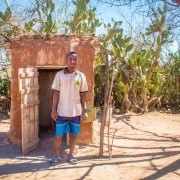
Convincing the community of Mandahazo in southwestern Madagascar to give up open air defecation a start using latrines became something of a spiritual struggle. That is because in the village there was a belief latrines were linked to evil spirits that kill the children.
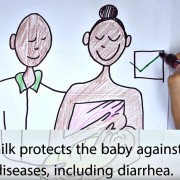
A group of Peace Corps Volunteers (PCVs) in Madagascar came up with a creative way to promote exclusive breastfeeding – newborns drinking only breast milk for at least the first six months of life - that is both effective and entertaining.
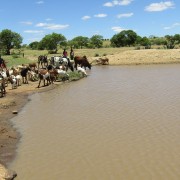
Southern Madagascar is an arid and drought-prone land, receiving just 16.5 inches (419 mm) of rain per year, versus a national average of 39 to 59 inches (991 to 1,499 mm) annually. But the region is rich in cattle, which are the main source of income for farmers.
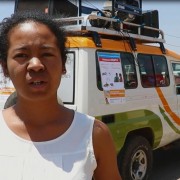
Plague occurs every year in Madagascar, with cases emerging between October and April, usually in remote, rural locations. However this year there were two major differences. Plague emerged in two of Madagascar’s major urban centers – the capital of Antananarivo and the eastern port city of Toamasina. The dominant form of plague was pneumonic, which is spread human-to-human through close contact, while the more common but less easily transmissible bubonic plague is mainly spread through the bite of infected fleas.

Comment
Make a general inquiry or suggest an improvement.